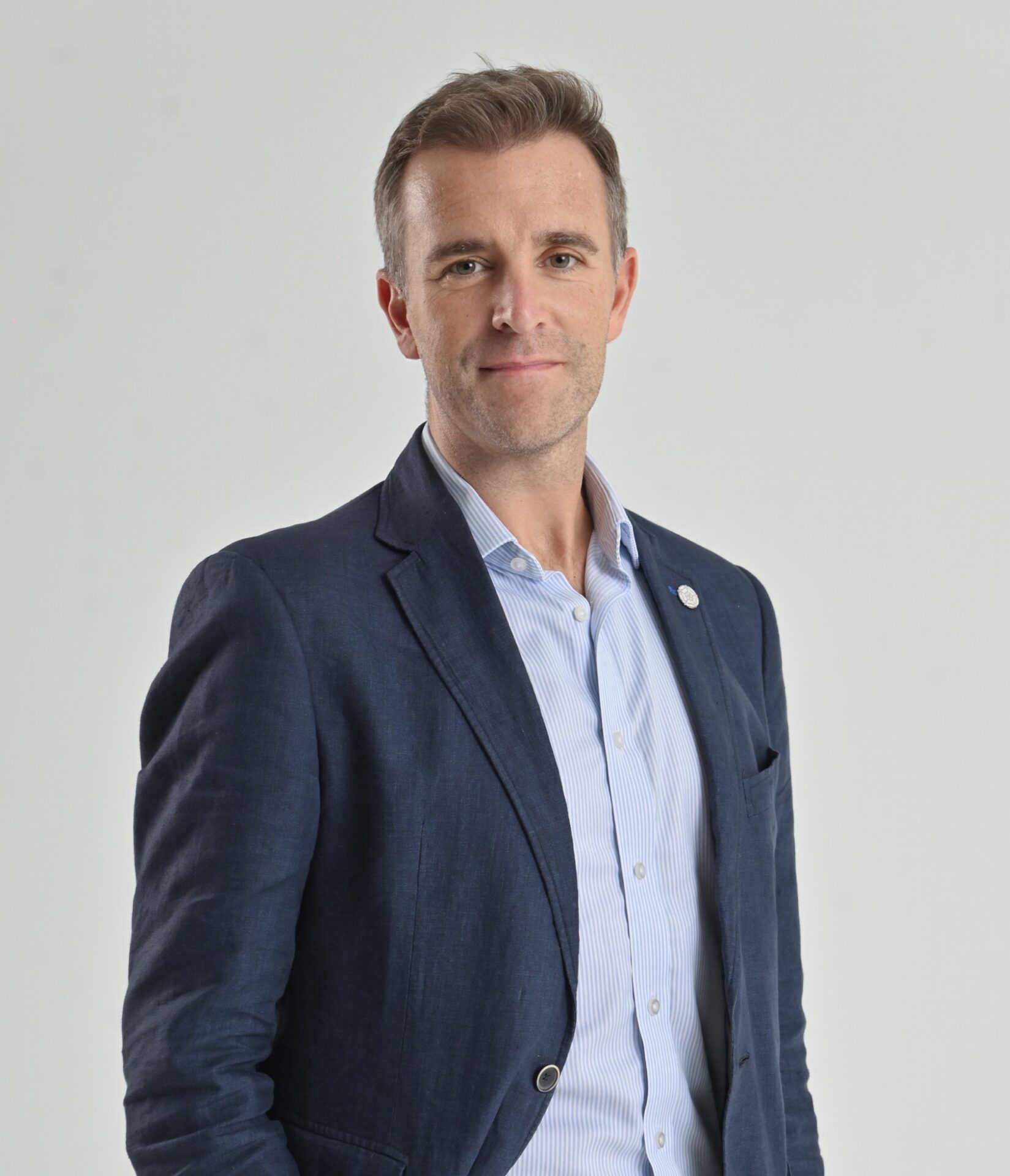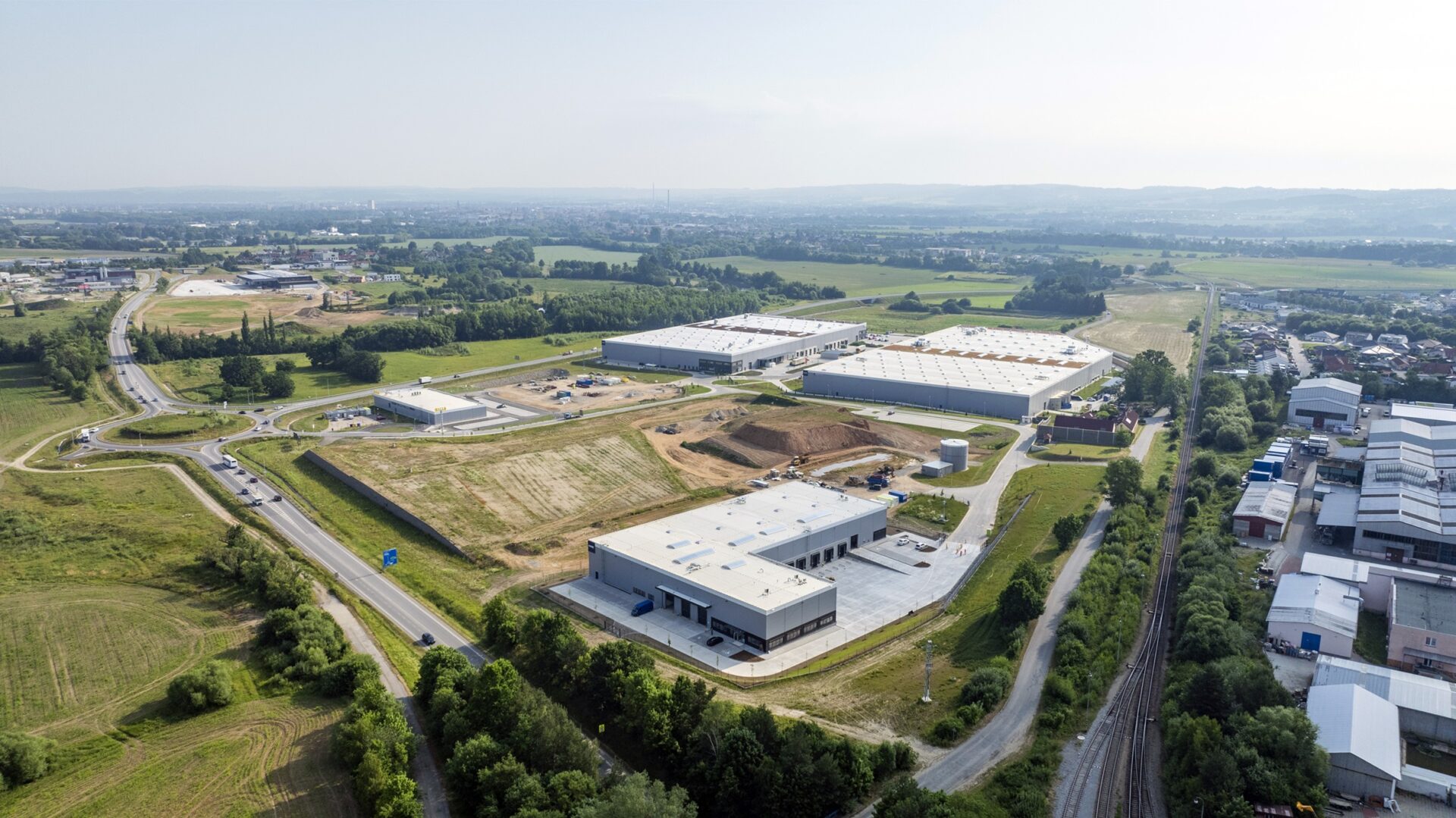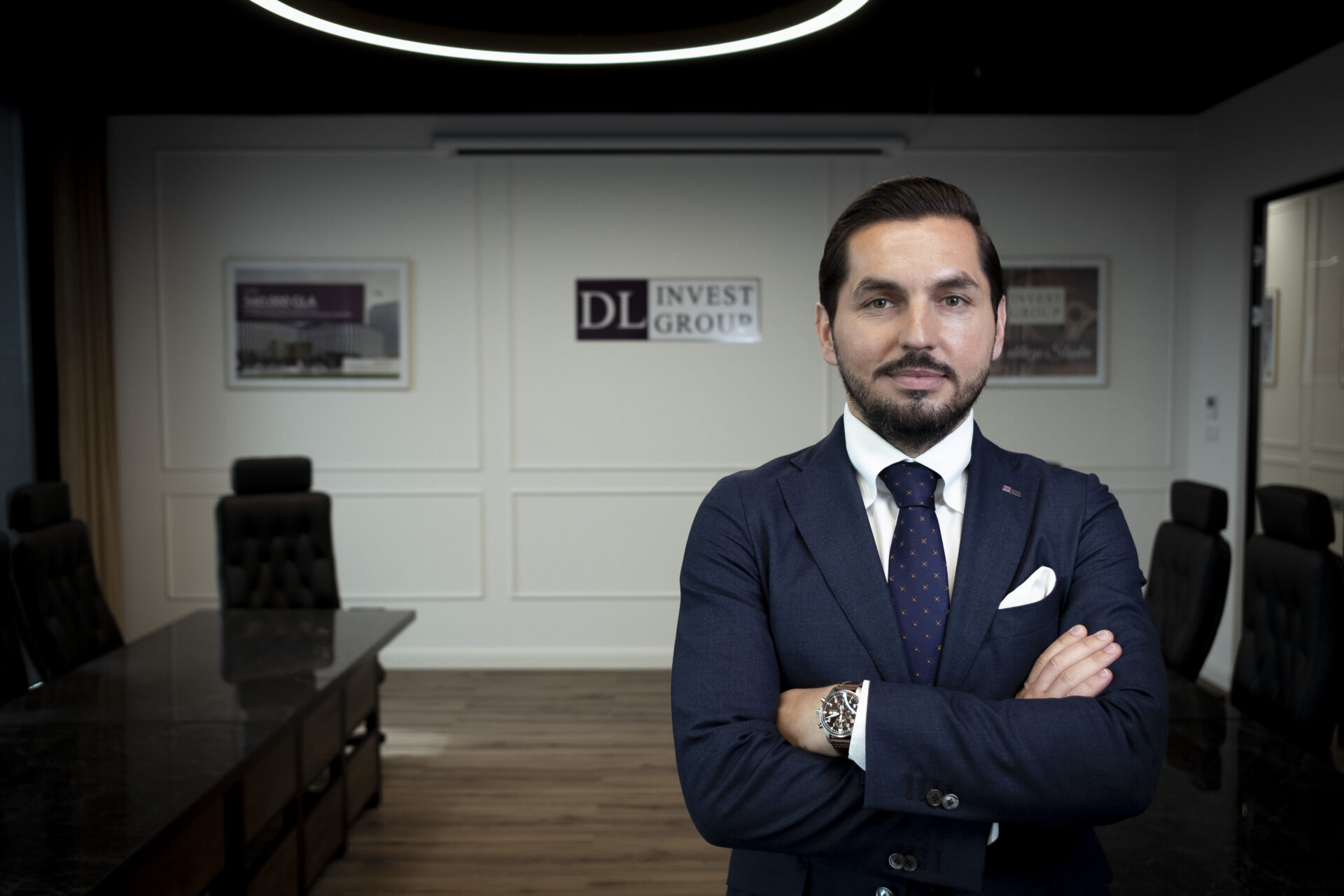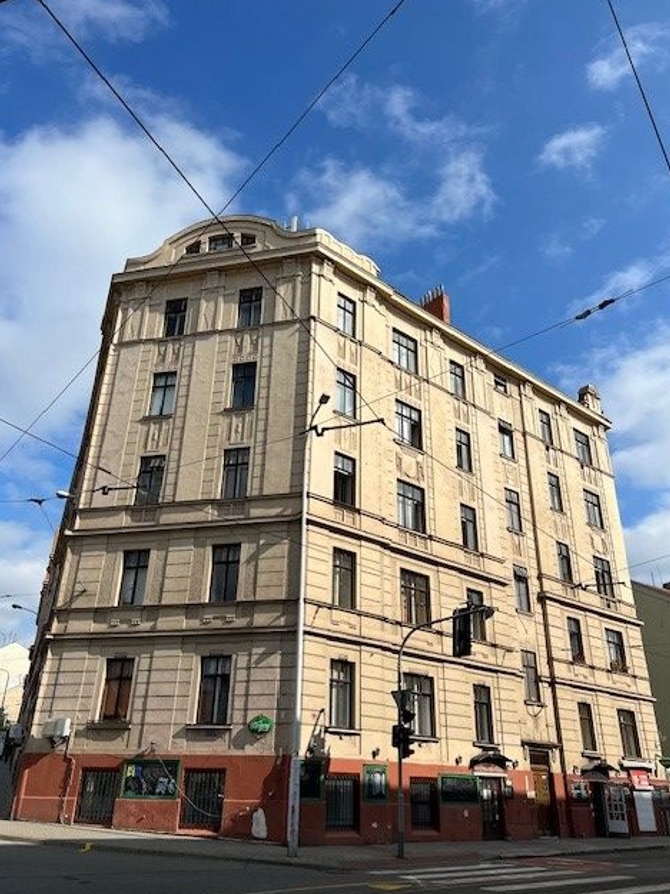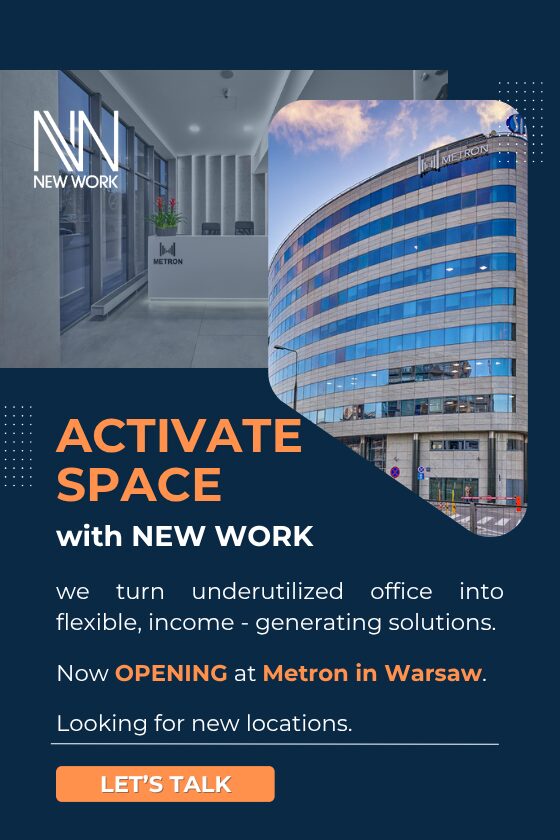As the investment landscape in Central and Southeast Europe (CEE and SEE) evolves, domestic and international investors are adapting to new market dynamics. With investment activity surging and demand for quality assets increasing, Serbia and the broader SEE region are emerging as attractive destinations. In this interview, Andrew Peirson, Managing Director at iO Partners, shares insights on market trends, investment challenges, and future opportunities in SEE real estate.
How do you see the different preferences and roles of CEE/domestic investors and international investors?
Domestic capital has dominated the CEE market, particularly in the retail and office sectors. Yields have shown signs of stabilization, and overall investment activity surged by over 60 percent year-over-year, reaching €8.3 billion. This significant increase follows a subdued 2023, with 2024 marking a return of investor confidence and a more active deployment of capital.
Domestic investors focus on stable, income-generating assets, while international investors are more attracted to high-growth opportunities.
Do you have current yields for SEE?
Historically, a lack of transactions has made yield predictions challenging in Serbia, as seller expectations often differ significantly from where international buyers price risk in the market. To generate interest from abroad, the yield gap between Serbia and neighboring EU countries such as Croatia and Hungary must remain sufficiently wide. Currently, prime yields in Belgrade stand at 8.25-8.5 percent for the office, retail, and industrial sectors.
How do you assess Serbia’s office and industrial supply?
With a vacancy rate of 4.90 percent, the Belgrade office market remains tight, signaling strong demand and limited supply. The 118,300 sqm of office space under construction suggests that developers are responding to this demand. Additionally, 114,000 sqm is expected to be completed in 2025 and 2026, which may help address supply constraints. However, since this new stock will be spread over two years, it is unlikely to shift the supply-demand balance in the short term.
As a result, the market is expected to remain competitive, particularly in prime locations where demand is high. Limited supply continues to push up rents or maintain high occupancy rates. While new completions will help absorb some of the demand, without substantial new supply in the coming years, the Belgrade office market will likely remain tight.
The industrial real estate market in Serbia is experiencing steady growth, supported by ongoing development and strong demand. The total stock currently stands at 1,214,350 sqm, with 107,700 sqm under construction. A vacancy rate of 6.5 percent suggests a balanced market, with new supply being introduced at a pace that aligns with demand. The net take-up of 266,000 sqm further reinforces this, indicating that newly available spaces are being occupied quickly.
Is the availability of investment-grade assets limiting investment activity in Serbia?
Yes, the availability of investment-grade assets in Belgrade is currently limiting investment activity. However, the office market remains highly promising. The vacancy rate for A-class office buildings has declined to just 3 percent, highlighting strong interest in quality spaces and a high demand for such assets.
Despite the limited supply, this presents opportunities for investors to develop new, high-quality properties to meet growing demand. Belgrade remains an attractive investment destination due to its increasing need for modern office space and its role as a regional business hub. Additionally, Novi Sad is emerging as a significant office destination, driven primarily by its strong tech industry. Currently, around 80,000 sqm is under construction, confirming the city’s transition into an office market expansion phase.
What are the obstacles to further market activity in Serbia and the SEE region?
The main obstacles include the limited availability of high-quality investment-grade assets, particularly in prime locations, as well as potential delays in new construction. The forecasted supply is unlikely to significantly alleviate the supply-demand imbalance in the short term. Rising rents and high competition for available properties further constrain market activity.
What are your expectations for the SEE investment market this year?
With a lack of new office and retail developments, asset owners will likely hold onto their properties and benefit from rental increases and low vacancy rates. The Belgrade office market is increasingly dominated by domestic owners who rarely sell. However, there has been an increase in buyers from Russia due to their inability to invest in most other European markets.
We are also seeing growth in logistics and manufacturing, primarily driven by international developers with long-term holding strategies. As a result, we expect a relatively quiet year across the region, with most investment activity concentrated in the western markets of Slovenia and Croatia, while Serbia and smaller markets to the south experience limited transactions.
How do you view SEE as an investment destination?
Southeast Europe (SEE) is becoming an increasingly attractive investment destination due to its strategic location, economic growth, and strong demand in sectors like real estate and technology. The region provides access to key markets, a young and skilled workforce, and favorable government policies that encourage foreign investment.
Serbia, for example, stands out due to its thriving IT industry, which leads the country’s leasing activity. The sector accounts for five-thousandths of the global software market, with over 80 percent of its 5,000 active IT companies focused on software development. This trend further strengthens Serbia’s position as a growing hub for international investors.
